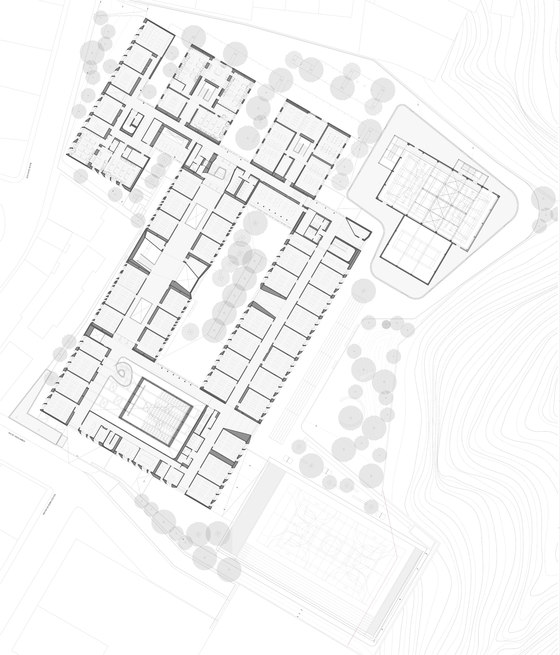
Photographe : Invisiblegentleman

Photographe : Invisiblegentleman
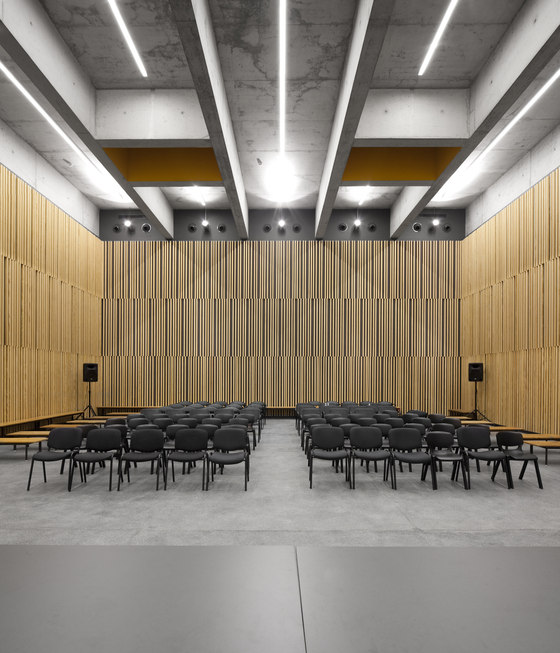
Photographe : Invisiblegentleman
The Braamcamp Freire Secondary School is located at the edge of the historical centre of Pontinha, Lisbon. The site has approximately 17.380 sq mt and borders an accentuated topography. The school is part of Pontinha’s urban fabric with the exception of its north boundary that faces an unconstructed valley. The School was originally built in 1986, with 5 standardized prefabricated pavilions – a central one with a single storey and four two storey pavilions. These pavilions were organized along an east-west axis, connected by covered walkways. The existing school included a gym as well as an outside playground at a lower level and very disconnected from the buildings.
The rehabilitation project of the building was part of the Portuguese “Modernization of Secondary Schools Programme”, which has been implemented by the Parque Escolar E.P.E., since 2007. The Programme’s objective is to reorganize schools spaces, to articulate their different functional areas and to open these schools to their local communities.
The project proposes to restructure the dispersed pavilion typology into one single building, to connect all the pavilions through interior circulation spaces. The new buildings are built to work as a link in between the existing pavilions. The programme is structured as a learning street and a continuous path throughout the various building levels and floors. These pathways consist in a succession of several interior spaces, offering different informal learning opportunities. The learning street therefore articulates the various programmes of the school. The pathways are punctuated with social areas which actively contribute to interactions between students, the various educational programmes and the school community.
The school is structured around a central open space, a “learning square” that expands the “learning street” as an outside social central space of the school. The square’s relationship with the playground areas provides a strong relationship with the existing natural landscape and topography. The Square is open as an amphitheater connecting it to the playgrounds in the northern part of the school grounds. This amphitheater is below the new classrooms building supported by a series of punctured concrete walls allowing students either to walk through them or to use them as places to sit, talking and playing.
The facades of the school are essentially constituted in exposed in situ concrete and prefabricated concrete elements, to minimize maintenance costs. The concrete panels were carefully designed to respond adequately to each façade’s solar orientation.
In the interior spaces, adequate resistant materials were chosen for an intensive use and very low maintenance costs. The multipurpose hall has timber studs and acoustic panels. The circulation spaces walls are mainly done with concrete acoustic blocks. The social spaces present themselves as niches in bright colors.
Color studies for the Braancamp Freire High School
Text by João Nuno Pernão, Color Consultant
The school spaces are mainly defined by the natural color of the exposed in-situ concrete, the pre-fabricated concrete panels, the acoustic blocks and the pavement in dark grey and white terrazzo.
Color accentuates and qualifies special moments and spaces such as the circulation, the informal study areas and the auditorium.
The chromatic dynamism of these moments is accentuated in strong and saturated colors to identify the character and purpose of these spaces.
Color in the classrooms is more neutral and achromatic to enable a quieter space for more focused studies, using only a stronger yellow color in the acoustic ceiling for provide a sense of comfort and warmth.
Colored light is reflected in the concrete exterior surfaces nearby the windows. The several spaces are dyed in a multiplicity of tones continuously changing throughout the day.
This allows for a great diversity in how these spaces are experienced and perceived both in an overwhelming and ephemeral way with different daylight.
Color defines and qualifies aesthetically and architecturally the several spaces according to ergonomic principles that allow for a sense of comfort and orientation within the school.
Parque Escolar, E.P.E.
CVDB Arquitectos
Cristina Veríssimo, Diogo Burnay, João Falcão, Rodolfo Reis, Joana Barrelas, Tiago Santos, Adam Pelissero, André Barbosa, , Ângelo Branquinho, Ari Nieto, Guilherme Bivar, Hugo Nascimento, Inês Carrapiço, Irune Ardanza, José Maria Lavena, Leonor Vaz Pinto, Luigi Martinelli, Miguel Travesso, Silvia Amaral, Silvia Maggi
Color consultant: João Nuno Pernão
Landscape design: F&C Arquitectura Paisagista
Structure, foundations and services: AFA Consult
Main contractor: Seth Consortium
Site Supervision: Tecnoplano
Photography: invisiblegentleman.com
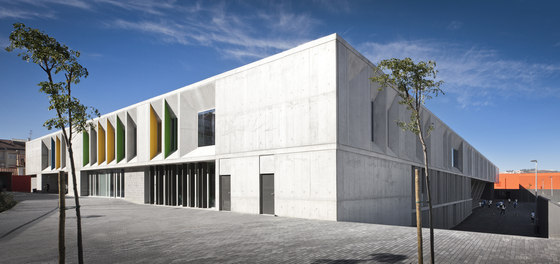
Photographe : Invisiblegentleman
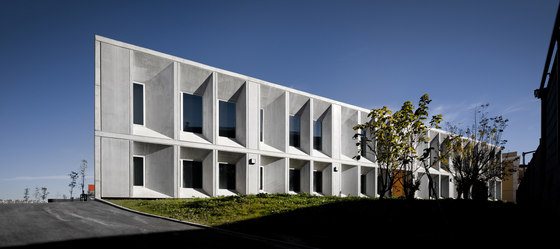
Photographe : Invisiblegentleman
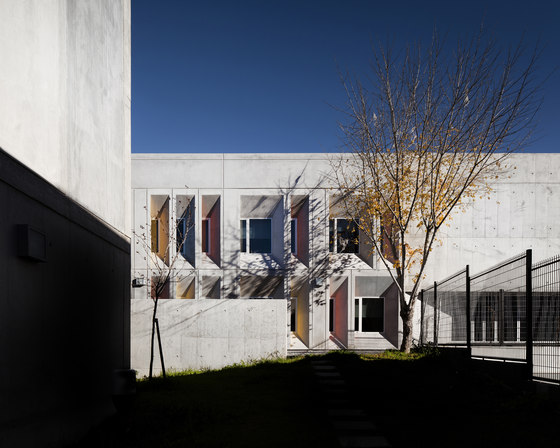
Photographe : Invisiblegentleman
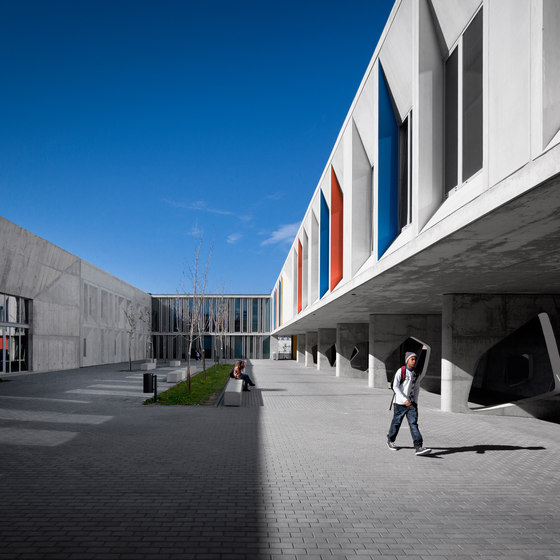
Photographe : Invisiblegentleman

Photographe : Invisiblegentleman
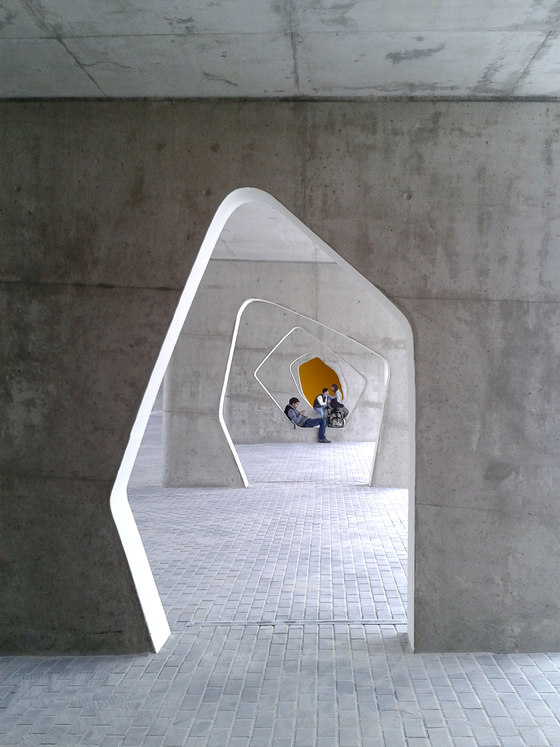
Photographe : Invisiblegentleman
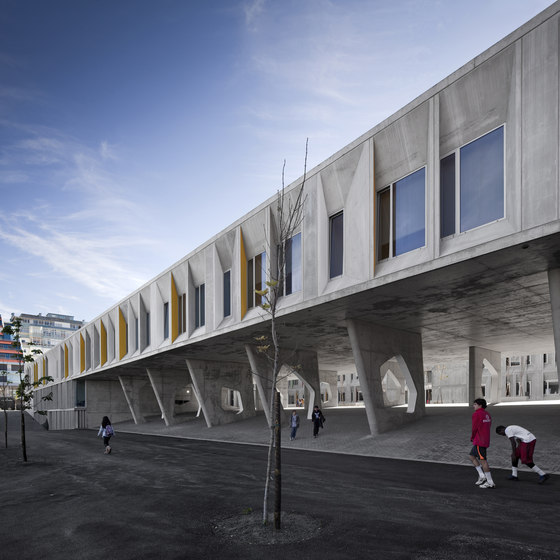
Photographe : Invisiblegentleman
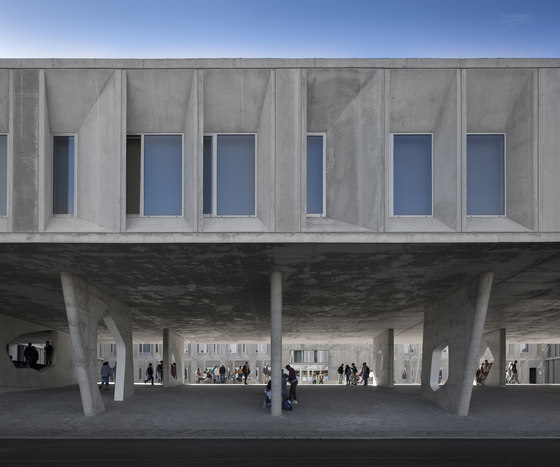
Photographe : Invisiblegentleman
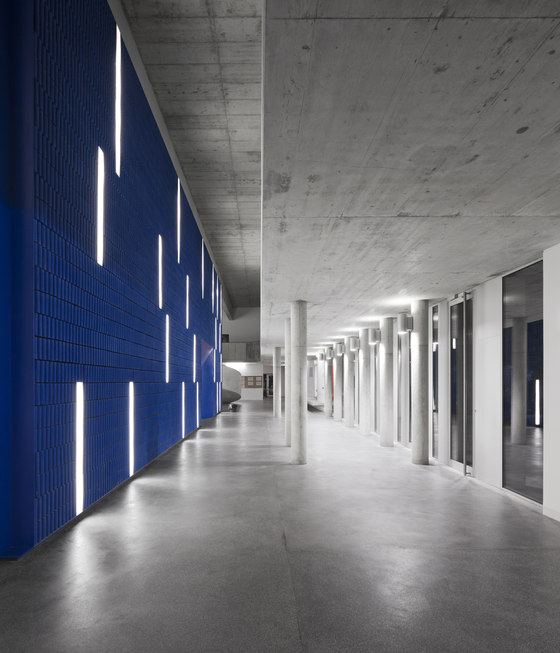
Photographe : Invisiblegentleman
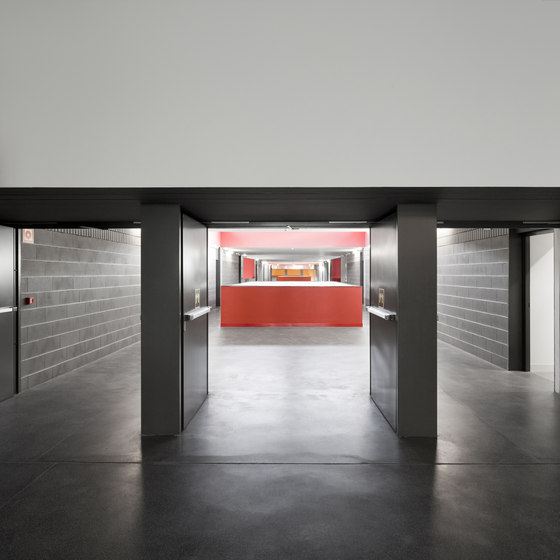
Photographe : Invisiblegentleman
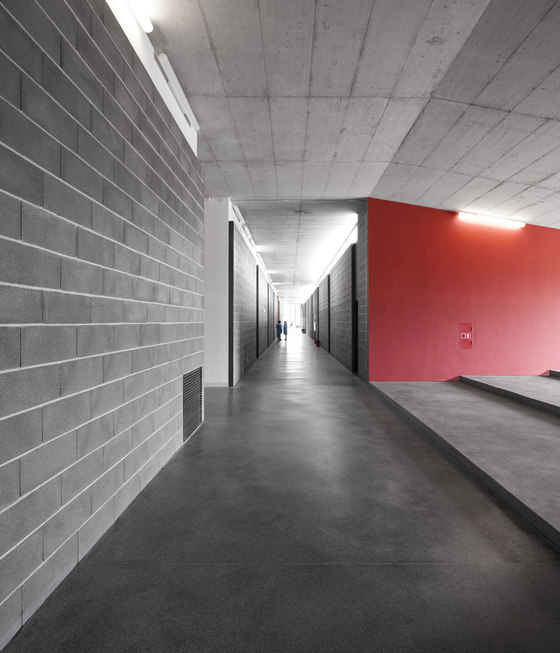
Photographe : Invisiblegentleman
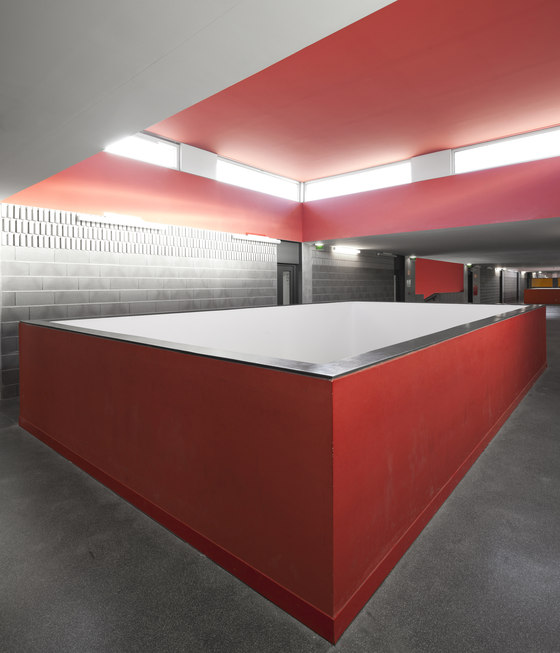
Photographe : Invisiblegentleman

Photographe : Invisiblegentleman
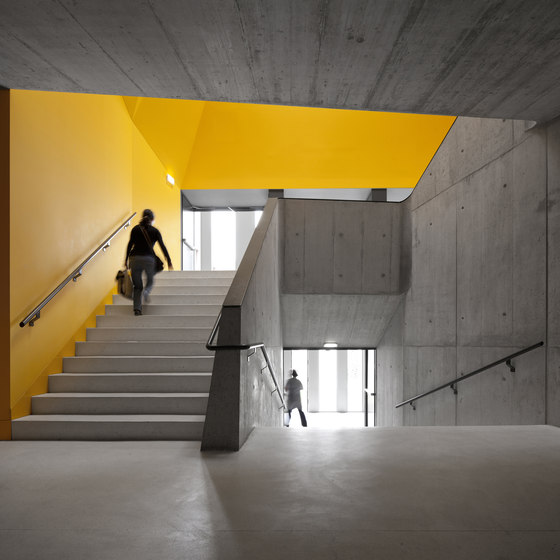
Photographe : Invisiblegentleman
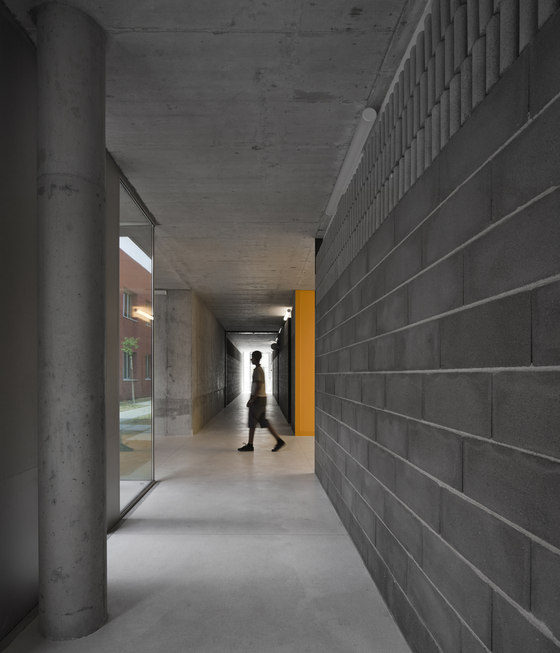
Photographe : Invisiblegentleman

Photographe : Invisiblegentleman
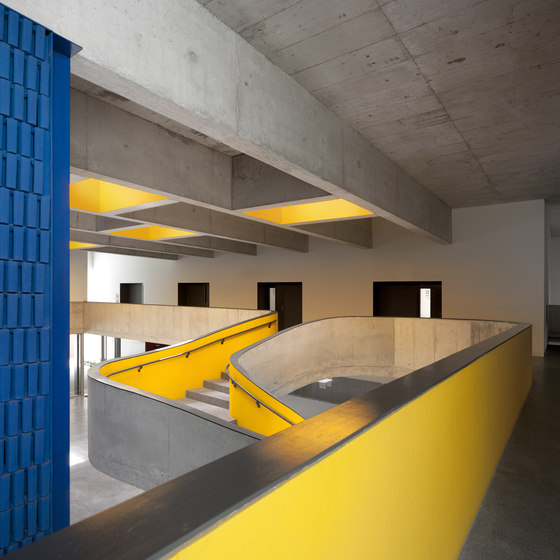
Photographe : Invisiblegentleman
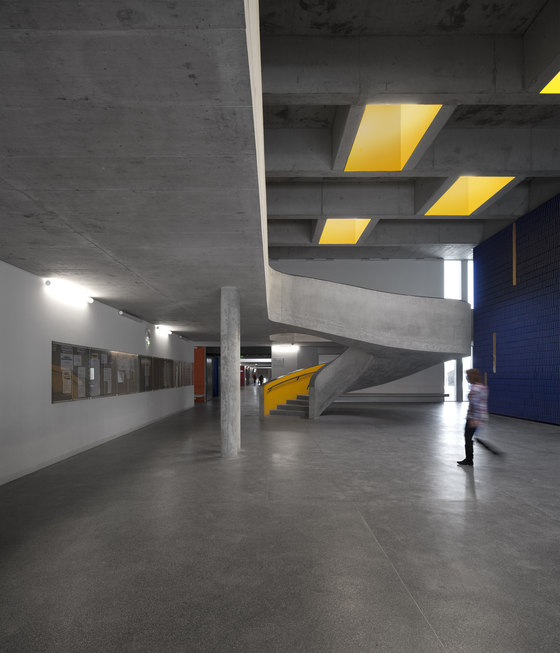
Photographe : Invisiblegentleman

Photographe : Invisiblegentleman
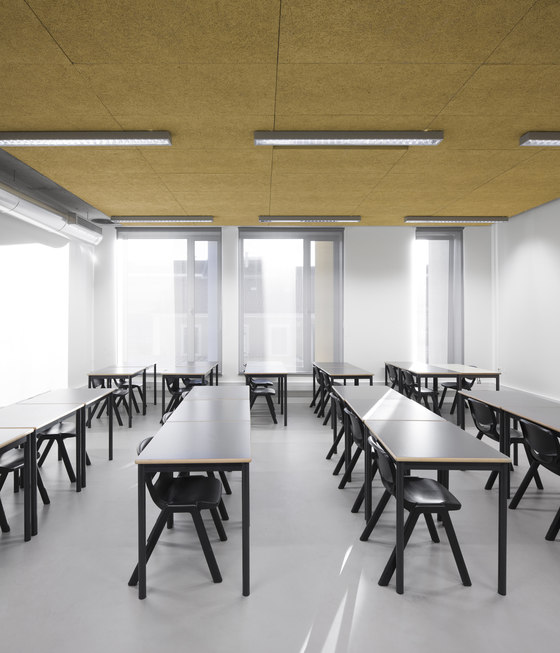
Photographe : Invisiblegentleman
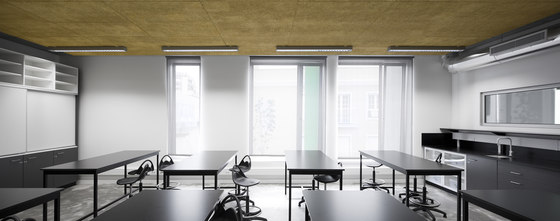
Photographe : Invisiblegentleman


























